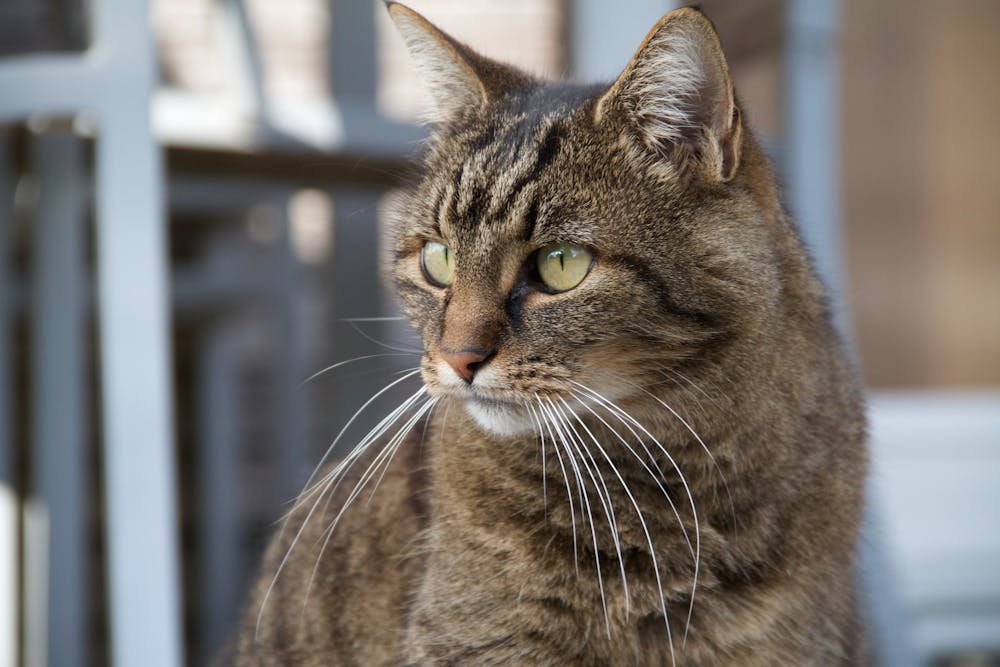A selfless act of compassion turned tragic near Patia, Odisha, when 50-year-old Sibaram Sahoo lost his life attempting to rescue a cat from an abandoned well. The ice cream seller, witnessing the feline fall into the well, immediately jumped in to save it without considering the dangers. Both Sahoo and the cat drowned in the incident, leaving the community mourning a man whose final act exemplified extraordinary kindness toward animals.
This heartbreaking event highlights the risks associated with abandoned wells in rural and semi-urban areas while showcasing the profound empathy some individuals feel toward animals in distress. Sahoo’s sacrifice raises important questions about balancing compassionate impulses with personal safety and the urgent need to address hazardous abandoned infrastructure.
The Fatal Act of Rescuing Cat
Image credit: Vartha Bharathi
Sibaram Sahoo’s final moments reflected pure human compassion. Upon seeing the cat fall into the abandoned well, his immediate instinct was to help. Without pausing to assess risks or call for assistance, the 50-year-old ice cream vendor jumped directly into the well, prioritizing the animal’s life over his own safety.
The spontaneous nature of his decision speaks to deep-seated empathy that transcends rational calculation. In that split second, Sahoo saw a life in danger and acted. His profession as an ice cream seller suggests he was likely familiar with the area and may have known about the well’s presence, yet urgency overrode caution.
Abandoned wells often contain stagnant water of unknown depth. The walls, typically made of brick or stone, become slippery with algae and moss over time. Once inside, even strong swimmers can struggle to find grip or leverage to climb out. The darkness and confined space create disorientation and panic.
Despite his noble intentions, Sahoo found himself trapped in the same deadly situation as the cat he sought to save. The tragic irony is that his compassionate act, meant to preserve life, resulted in two deaths instead of preventing one.
Dangers of Abandoned Wells
Abandoned wells represent silent killers in many Indian communities. These relics of past water infrastructure dot the landscape, often unmarked and inadequately secured. Near Patia and countless other locations, they pose constant threats to humans and animals alike.
The danger multiplies during rescuing cat attempts or similar animal rescue scenarios. Wells create echo chambers where animal distress calls seem amplified, triggering powerful emotional responses in witnesses. The narrow opening makes it difficult to assess depth or water levels from above.
Most abandoned wells lack proper covers or warning signs. Vegetation often grows around openings, partially concealing them. During monsoons, water levels rise unpredictably. In dry seasons, wells may appear empty but contain deep water at the bottom, invisible from the surface.
The circular walls of traditional wells make self-rescue nearly impossible. Without equipment like ropes or ladders, even shallow wells become death traps. The psychological panic of confinement compounds physical challenges, rapidly exhausting those who fall in.
Safety Considerations for Animal Rescue

image credit: pexels
While Sahoo’s compassion deserves recognition, his tragedy teaches crucial lessons about safe animal rescue. The impulse to help animals in distress is admirable, but it must be balanced with self-preservation and practical considerations.
Professional rescuers emphasize the “reach, throw, don’t go” principle. For well rescues, this means using tools like ropes, branches, or improvised ladders rather than entering personally. Calling for help immediately increases survival chances for both rescuer and animal.
Creating human chains or using available materials can enable safer rescue attempts. Even waiting for proper equipment, though emotionally difficult when an animal suffers, prevents situations where rescuers become additional victims requiring help themselves.
Communities should identify and map abandoned wells, installing protective barriers or filling dangerous ones. Simple measures like metal grates allow rainwater drainage while preventing falls. Public awareness campaigns about well dangers could prevent future tragedies.
Honoring Compassion While Promoting Safety
Sibaram Sahoo’s death while rescuing cat from the well represents the highest form of altruism – sacrificing oneself for another life, regardless of species. His instant decision to help reflects humanity’s best qualities: empathy, courage, and selflessness.
However, honoring his memory requires learning from his tragedy. Communities must address abandoned well hazards systematically. Emergency services need proper equipment stationed near known dangerous wells. Citizens require education about safe rescue techniques.
His story reminds us that while compassion toward animals is beautiful, we must channel it wisely to truly help. The ice cream seller’s legacy should inspire both kindness toward animals and commitment to creating safer environments where such tragic choices become unnecessary.




